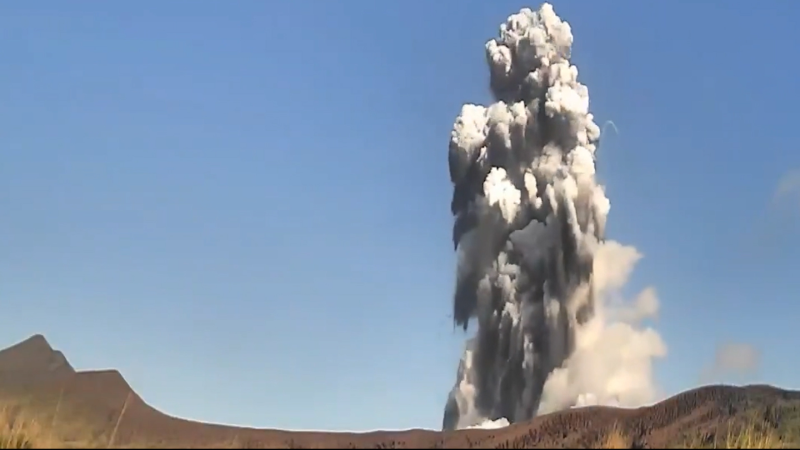Bomb cyclone's record rain, high winds followed by frigid air and snow
On the heels of record rainfall and high winds, lake-effect snow and Arctic air are plunging into the East.
A rare East Coast atmospheric river led to flash flooding in some areas while snow accumulated in others on Dec. 11.
A powerful storm that met the definition of a bomb cyclone on Thursday morning brought extreme wind and rain to the East Coast Wednesday night. The storm's pressure dipped the required 0.71 of an inch of mercury (24 millibars) in less than 24 hours between Wednesday and Thursday morning, AccuWeather meteorologists say.
Over 100 wind damage reports and record rain
Over a dozen states were hit by the massive storm, with over 100 reports of wind damage from North Carolina to Maine. Eastern Maine had the highest number of wind damage reports, and 90,000 customers were without power on Thursday morning, more than 1 in 10 customers in the state, according to PowerOutage.US. Aroostook County had more than half of its customers in the dark. Trenton and Bar Harbor both clocked wind gusts of 67 mph.

AccuWeather's Bill Wadell reported live from the Hamptons on Long Island, which was just one of many areas dealing with flooding and high winds along the East coast. Where it didn't cause flooding, Waddell noted that the heavy rain was welcome in the Northeast where a severe drought and wildfires have recently ruled the weather news. In Budd Lake, New Jersey, however, a car hydroplaned, temporarily restricting lanes on Highway 46.
Snow squalls accompanying an arctic front are causing problems from the Midwest into the Northeast.
An atmospheric river flowing into the bomb cyclone brought heavy rainfall from Louisiana to Maine. Daily rainfall records were set in at least nine locations in the Northeast, including Avoca, Pennsylvania; Burlington, Vermont; Worcester, Massachusetts; Providence, Rhode Island; and Boston. The heaviest rain, over 5 inches, fell in Rhode Island. At 4.6 inches, the Providence record nearly doubled the previous record of 2.4 inches set on Dec. 11, 1992.
Behind the storm: frigid air and feet of snow
Behind the storm, heavy lake-effect snow piled up southeast of the favored Great Lakes snow belts, with 30 inches measured at Orchard Park, New York, just south of Buffalo. Other nearby towns reported 25-30 inches at noon Thursday. The snow will continue through Friday.

Frigid air with the coldest air since last winter is filtering into the eastern U.S. Thursday. International Falls, Minnesota, began the day at 24 degrees below zero, while temperatures near zero approached Chicago and parts of Iowa. Some of that cold air will make it down to Florida with lows Thursday night expected to dip down into the 30s in the southwestern part of the state.

Temperatures early Thursday morning, Dec. 12, 2024.















